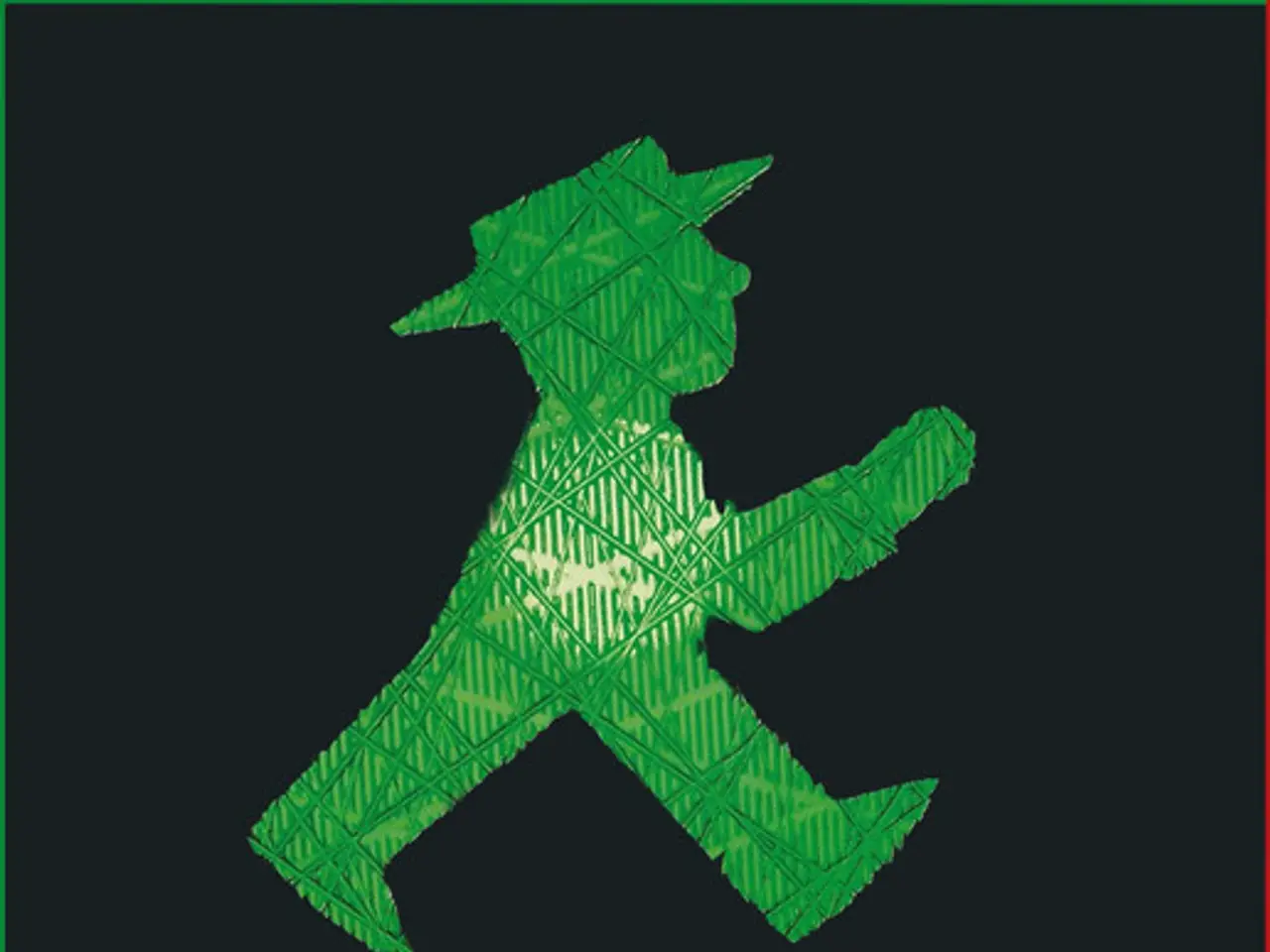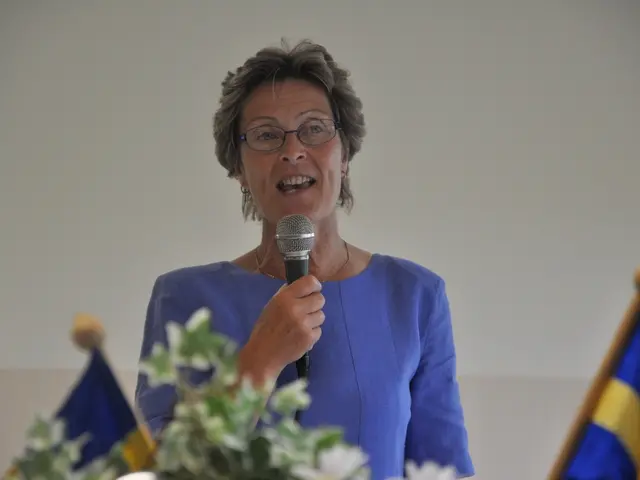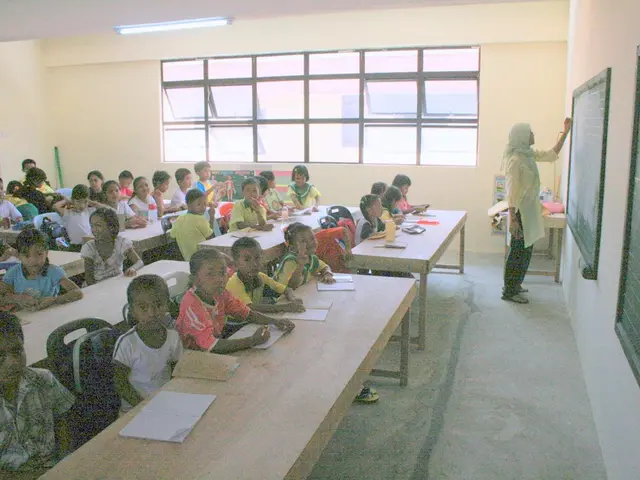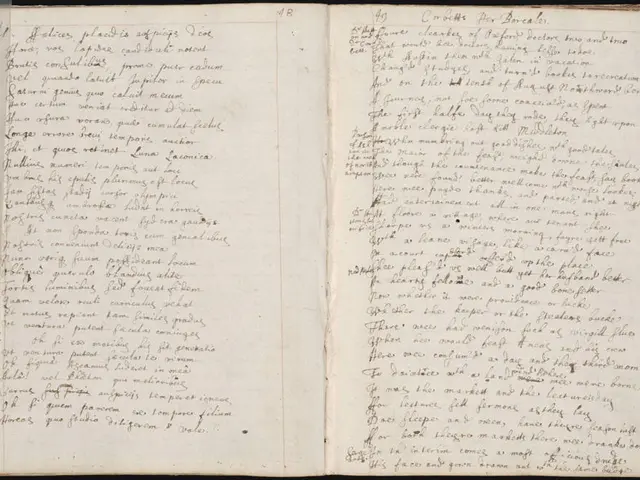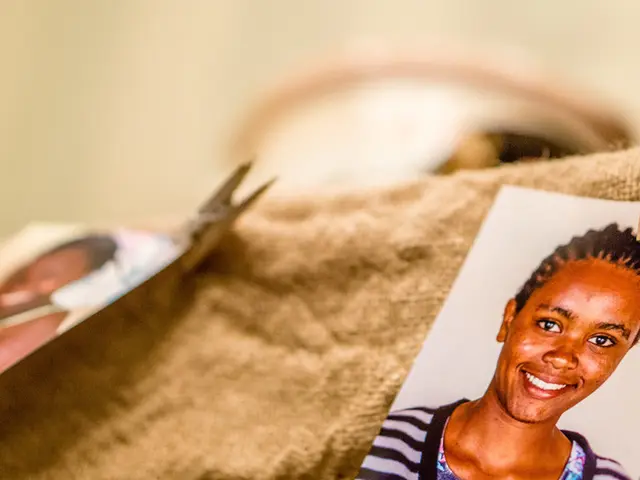World Celebrates International Day of Sign Languages, Highlighting Their Importance for Deaf Community
On September 23rd, the world celebrates the International Day of Sign Languages, highlighting the importance of these visual languages for the deaf community. Today, around 80,000 deaf people live in Germany, with approximately 0.4% of the population officially recognized as severely disabled due to hearing impairment.
Sign languages have evolved independently in various places due to deaf people being scattered in small groups. In Germany, German Sign Language (DGS) was recognized as an independent language in 2002. Its inclusion in the national inventory of intangible cultural heritage followed in 2021.
The history of sign languages dates back to the 16th century. In 1570, a Spanish monk taught deaf children using the manual alphabet. The first school for deaf children was established in Paris in 1771 by Abbé de L'Epée, who developed a sign system that spread across France and Europe.
However, sign languages faced opposition. In 1880, the 'Second International Congress of Teachers of the Deaf' deemed them unsuitable, leading to educational disadvantages and social exclusion for deaf people. This changed with the work of linguist William Stokoe in the 1960s. He conducted syntactic and phonetic analysis of American Sign Language, initiating its recognition as a legitimate language and influencing its revival in education systems worldwide. Stokoe developed the first modern notation system for American Sign Language, called the Stokoe Notation, in 1960.
In Germany, deaf people gained the right to paid interpreting services in important areas of life, such as court proceedings, in 2017.
Today, sign languages are acknowledged as full languages with their own grammar and expression. They are vital for the deaf community, enabling communication and connection. The International Day of Sign Languages serves as a reminder of their importance and the need for continued recognition and support.
